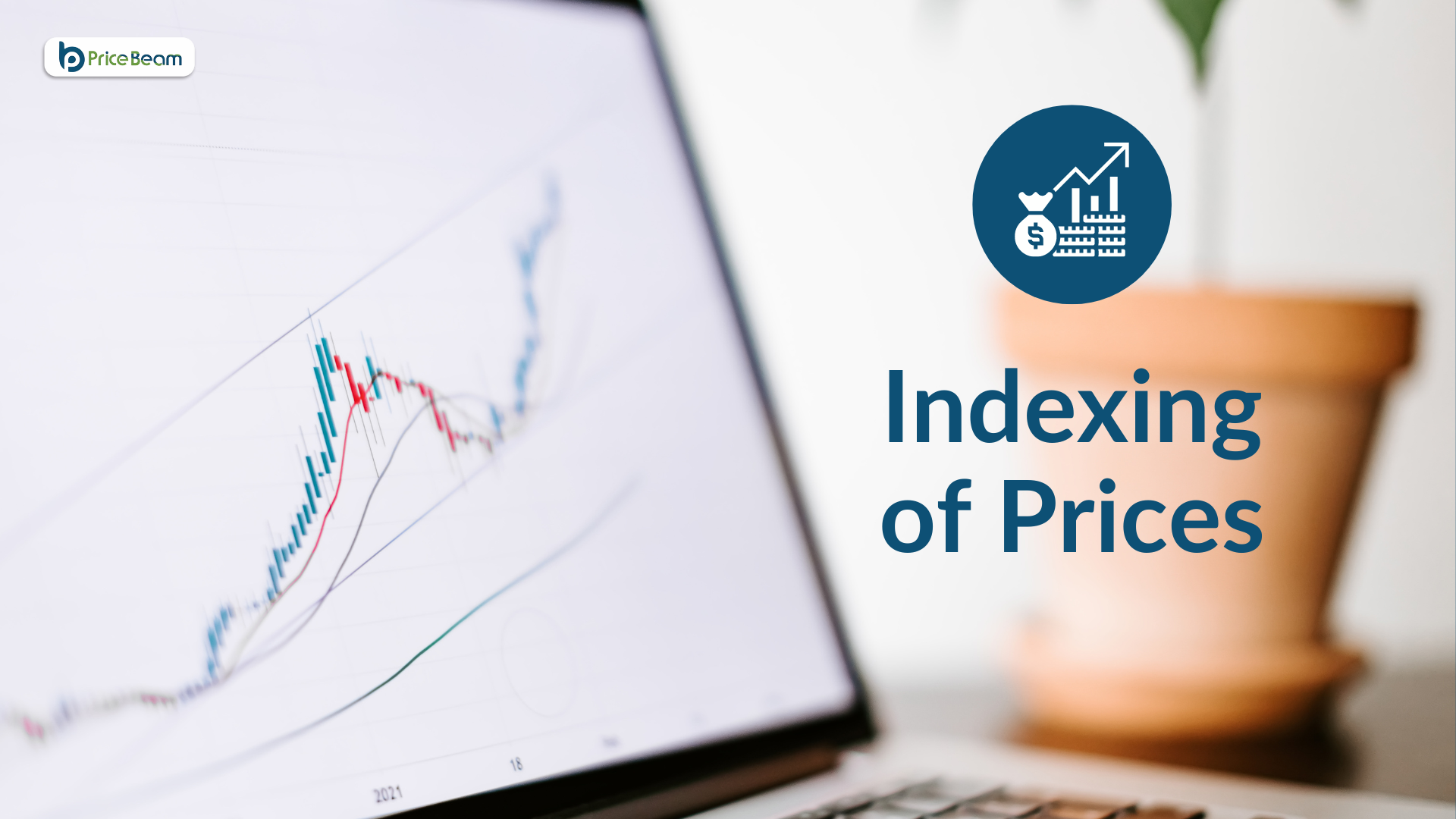Price Transparency: Go or No-Go?
 PriceBeam
·
1 minute read
PriceBeam
·
1 minute read

More and more companies are showing the costs that go into their products. An example is the leather goods manufacturer Oliver Cabell, who reveals the cost of every single material that goes into crafting a handbag, such as the cost of zippers, lining, and leather. Another company employing a similar strategy is Honest By, also a clothing retailer. Bruno Pieters, founder, explains that "Price transparency is crucial for clients who want to be sure that everyone was paid a fair wage along the way".
So are they right? Should we all start breaking down the cost of products? The answer is that it depends, and you need to be clear about why you're doing it.
Price transparency is generally a bad idea. While it will increase the consumers' trust in the seller, it will also force the seller to live up to the customers' strict demands and expectations for the profit that companies ought to be making. It basically puts the company in a lose-lose situation, where either, it meets the customer's expectation and sells its products at a very low profit-margin; or, in an attempt to run a sustainable business, the company leaves some margin for profit, and the customer gets angry and refuses to pay a price that will leave the company better off than he himself think they ought to be.
That being said, some companies manage to successfully use this strategy, because it contributes greatly to their brand equity. These companies are primarily ones with CSR being an integral part of their branding, and thus, the integrity and trust that comes with price transparency will provide incredible value for such companies: value that exceeds the negative effects mentioned above.
.png?width=400&height=100&name=PBLogoTransparent%20(1).png)




